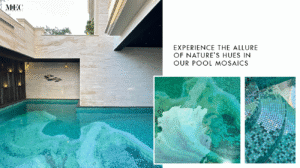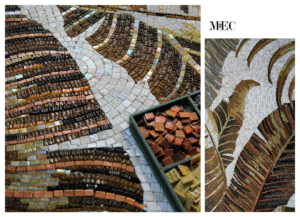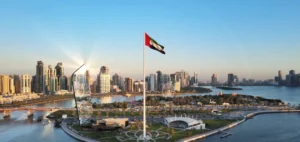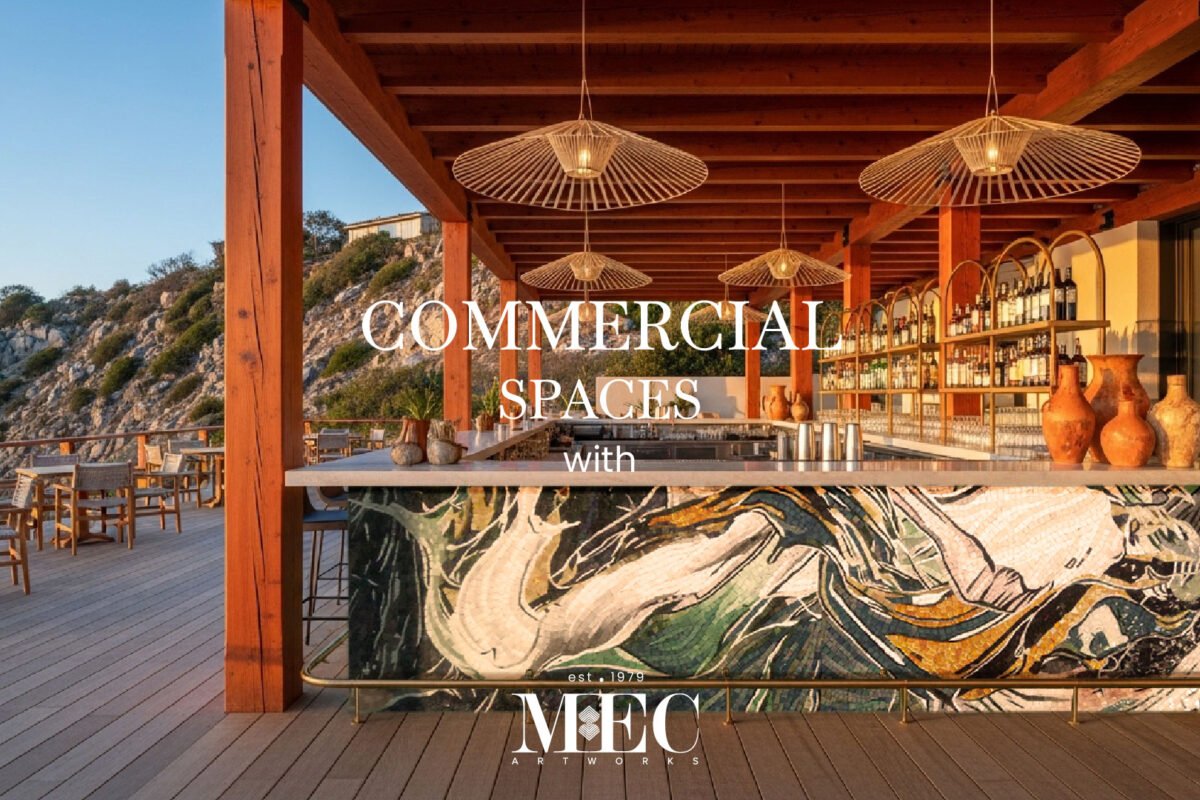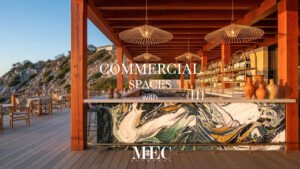
9 Major Infrastructure Projects Shaping the Future in UAE
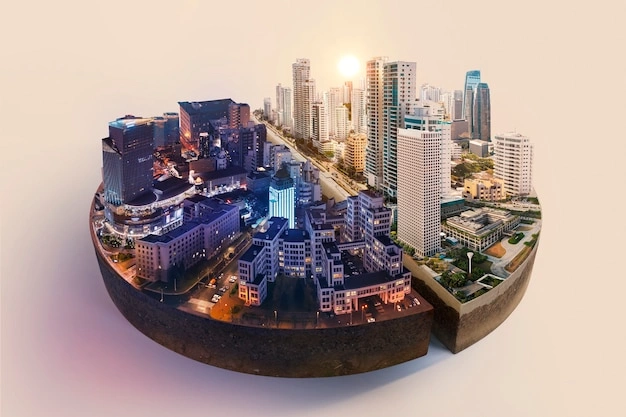
The United Arab Emirates (UAE) has long been a symbol of progress and innovation in the Middle East, and its architectural and infrastructure development continues to push the boundaries of what’s possible. From massive airport expansions to groundbreaking transportation systems, the UAE’s future is being shaped by some truly remarkable projects.
Read ahead as we explore some of the most significant and exciting ongoing developments that will play a major role in shaping the country’s landscape in the coming years:
1. Al Maktoum International Airport Expansion
Dubai’s Al Maktoum International Airport, also known as Dubai World Central (DWC), is undergoing a massive expansion that will eventually make it the world’s largest airport by passenger capacity. This bold project with an investment of 35 billion dollars is set to accommodate an estimated 260 million passengers annually once completed, far surpassing the current capacity of Dubai International Airport.
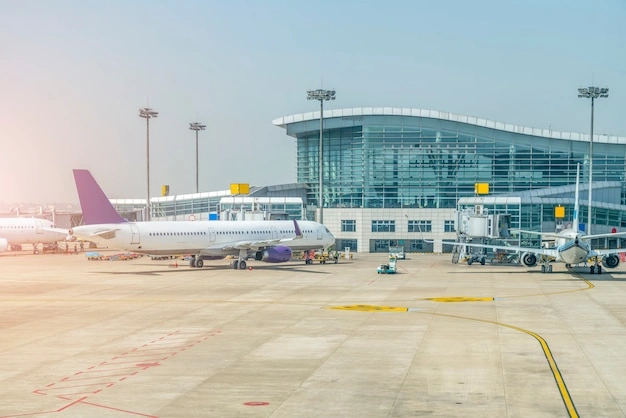
The expansion includes the construction of a state-of-the-art terminal, additional runways, and enhanced cargo facilities, enabling the airport to support the growing demand for air travel in the region. The project will be completed in several phases, with the final phase expected to be finished by 2039. This visionary expansion aims to not only solidify Dubai’s position as a global hub for travel and trade but also to contribute significantly to the UAE’s economy by boosting tourism and international connectivity.
“Dubai will be the world’s airport, its port, its urban hub, and its new global center.”
- Sheikh Mohammed bin Rashid Al Maktoum
Completion Expected: Phased completion by 2039
Key Features: New terminals with 400 gates, expanded runways, enhanced cargo facilities
2. Heart of Sharjah Heritage Project: Preserving the Past for the Future
The Heart of Sharjah Heritage Project is a significant cultural initiative aimed at restoring and preserving Sharjah’s historical heart. The project will transform the old town of Sharjah, taking it back to its 1950s appearance, and aims to revitalize the city’s cultural and historical legacy. Led by the Sharjah Investment and Development Authority (Shurooq), this five-phase project will restore key landmarks, including the Al Hisn Sharjah (Sharjah Fort) and the iconic Souq Al Arsah.
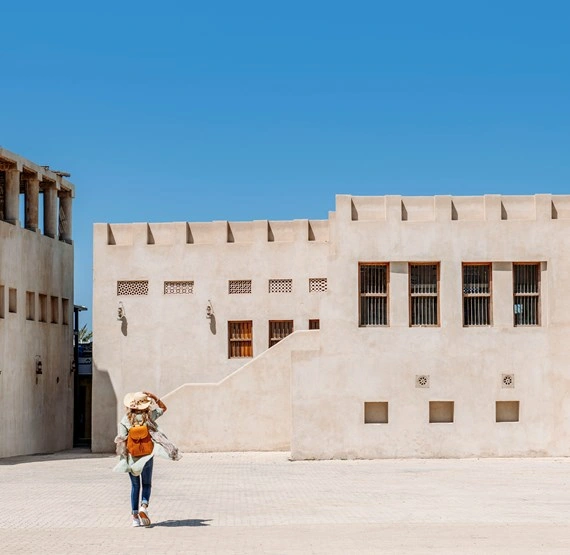
The restoration effort not only preserves the rich history of Sharjah but also serves as an important step toward enhancing cultural tourism in the UAE, making it the ultimate destination for all. It is expected to be completed by the end of 2025, ensuring that the UAE’s cultural heritage is both celebrated and safeguarded for generations to come.
Completion Expected: 2025
Key Features: Restoration of Al Hisn Sharjah (Sharjah Fort), Souq Al Arsah, and more
3. Masdar City Developments: A Model for Sustainable Living
Masdar City, originally launched in 2006, is a pioneer in sustainable urban development. This eco-friendly city aims to become a model for low-carbon living and sustainable infrastructure. Recently, Masdar City has made significant strides with new developments such as Masdar City Square and The Link.
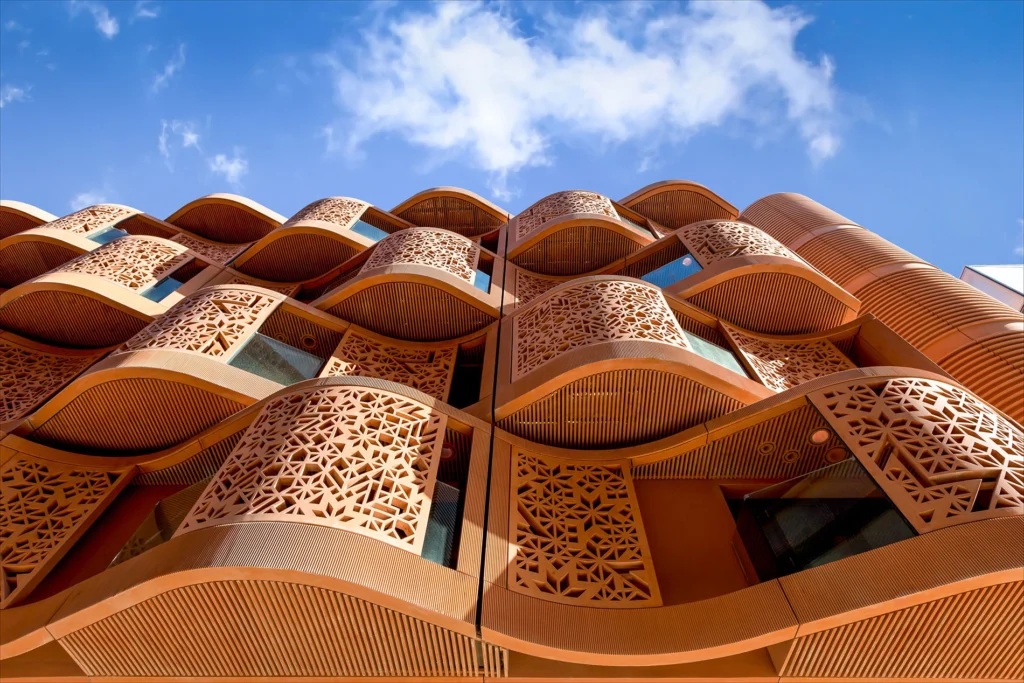
Masdar City Square is a 29,000-square-meter space designed to feature net-zero energy commercial spaces and LEED Platinum buildings. Additionally, The Link, a 30,000-square-meter mixed-use development with net-zero energy facilities, will further strengthen Masdar’s status as a sustainable city.
Both developments are part of the broader vision to create a low-carbon city where energy-efficient practices and green technologies are integrated into every aspect of urban life. The completion of these projects is expected in the next few years, with Masdar City continuing to grow as a sustainable and diversified economy.
Completion Expected: Masdar City Square by 2024, The Link by 2025
Key Features: Net-zero energy buildings, LEED Platinum certification, mixed-use developments
4. Ciel Dubai Marina: The Tallest Hotel in the World
Dubai is known for its record-breaking skyscrapers, and Ciel Dubai Marina is poised to make a statement as the tallest hotel-only building in the world designed by architect Yahya Jan. Standing at 374 meters, this 82-floor skyscraper will be a new addition to the Dubai Marina skyline. Recently, IHG Hotels and Resorts announced the signing of the new Vignette Collection property. The landmark Ciel in under the ownership of The First Group and the management of The First Group Hospitality
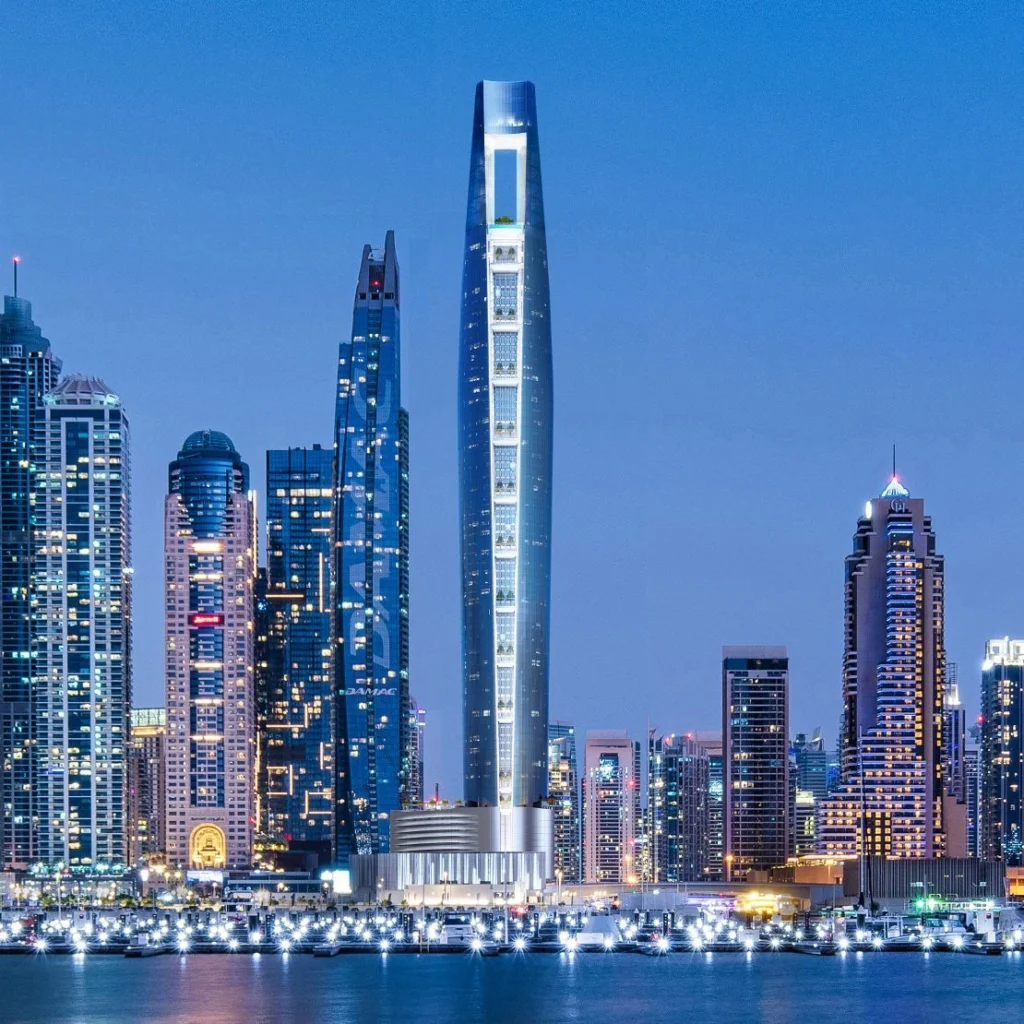
Upon completion in late 2025, Ciel will offer an ultra-luxurious hotel experience with 1,042 rooms, including 150 suites. In addition to its accommodations, Ciel will boast world-class amenities such as a rooftop bar, restaurant, and an infinity pool. The development will add another iconic landmark to Dubai’s ever-evolving cityscape and strengthen the UAE’s position as a global tourism hotspot.
Completion Expected: End of 2025
Key Features: Tallest hotel-only building, 1,042 rooms, rooftop bar, infinity pool
5. Vopak Horizon Fujairah Bio-Bunker Fuel Supply: Leading the Way in Sustainable Shipping
As part of its commitment to reducing environmental impact, the UAE is also making significant strides in the energy sector. Vopak Horizon Fujairah, a leader in bunkering services, has completed its first bio-bunker fuel supply operation. This initiative is part of global efforts to decarbonize the shipping industry.
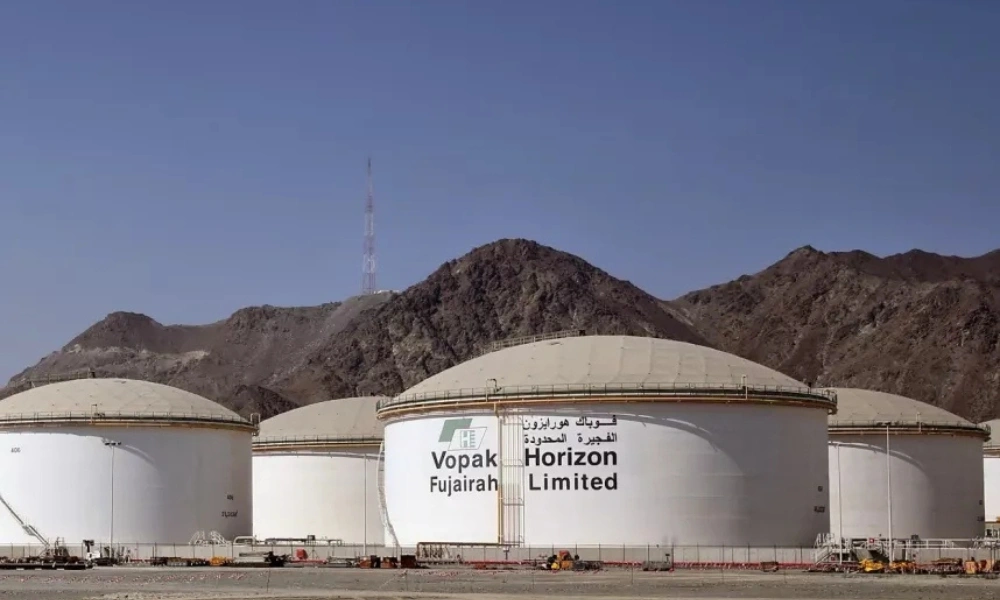
The bio-bunker fuel used in this operation contains a 24% blend of fatty acid methyl ester (FAME) and very low sulfur fuel oil, offering a more sustainable alternative to traditional marine fuels. This milestone is an important step in the UAE’s broader commitment to reducing its carbon footprint and contributing to the global transition to greener energy sources.
Completion Expected: Ongoing
Key Features: First bio-bunker fuel supply, cleaner marine fuels, sustainability focus
6. Hafeet Rail Project: Connecting the UAE and Oman
The Hafeet Rail Project is a major infrastructure collaboration between Etihad Rail, Oman Rail, and Mubadala to build a 303-kilometer railway connecting the UAE and Oman. The project will significantly improve regional connectivity, allowing trains to travel at speeds of up to 200 km/h, reducing travel time between Abu Dhabi and Sohar, Oman, to just 100 minutes.

The construction of the Hafeet Rail project began in May 2024 and marks the first international segment of the long-planned Gulf Railway and GCC’s first cross-border rail network, which aims to link the entire Gulf region through an integrated rail network. Once completed, this rail link will enhance trade, tourism, and overall regional cooperation.
Completion Expected: Ongoing, with full completion by 2026
Key Features: 303-kilometer rail link, regional connectivity, speed up to 200 km/h
7. Dubai Creek Tower: The Next Iconic Skyscraper
The Dubai Creek Tower, set to surpass the Burj Khalifa in height, is an ambitious project that promises to redefine the Dubai skyline. Standing at over 1,300 meters, this tower will become the tallest structure in the world upon completion. Designed by renowned architect Santiago Calatrava, the Dubai Creek Tower is a mix of futuristic and traditional Islamic designs, with an intricate spire resembling the shape of a minaret.
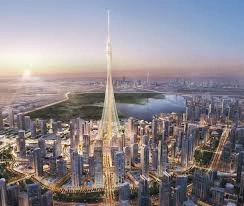
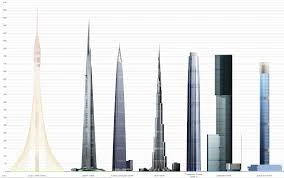
The project also includes residential units, office spaces, hotels, and observation decks offering panoramic views of Dubai. Construction of the tower began in 2016, and it is expected to be completed by 2027. The Dubai Creek Tower will serve as a focal point for the development of the Creek Harbour district, enhancing tourism and business prospects for Dubai.
Completion Expected: 2027
Key Features: Tallest tower in the world, futuristic design, mixed-use spaces
8. Dubai Harbour: The Largest Marina in the Region
Dubai Harbour is a multi-billion-dollar project designed to create the largest marina in the Middle East. This mega-development will feature luxury residences, retail outlets, dining experiences, and, of course, a state-of-the-art marina capable of accommodating over 1,100 yachts. The development will also include a cruise terminal, further cementing Dubai’s position as a global tourism and maritime hub.
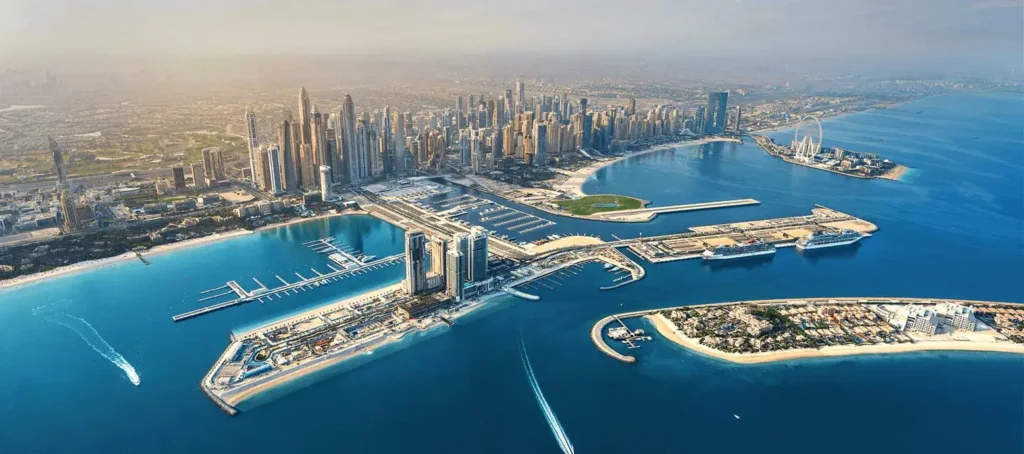
Dubai Harbour is set to offer unparalleled waterfront living and leisure opportunities, making it one of the most prestigious addresses in Dubai. Once completed, this project is expected to become a key destination for both yachting enthusiasts and luxury travelers.
Completion Expected: 2026
Key Features: Largest marina in the region, luxury living, cruise terminal
9. Al Maryah Island Development: Abu Dhabi’s Financial Hub
Al Maryah Island in Abu Dhabi is being transformed into the UAE’s premier financial and business hub. The island already houses the Abu Dhabi Global Market (ADGM), the UAE’s international financial center, and is now expanding with new mixed-use developments, luxury residences, hotels, and entertainment venues.
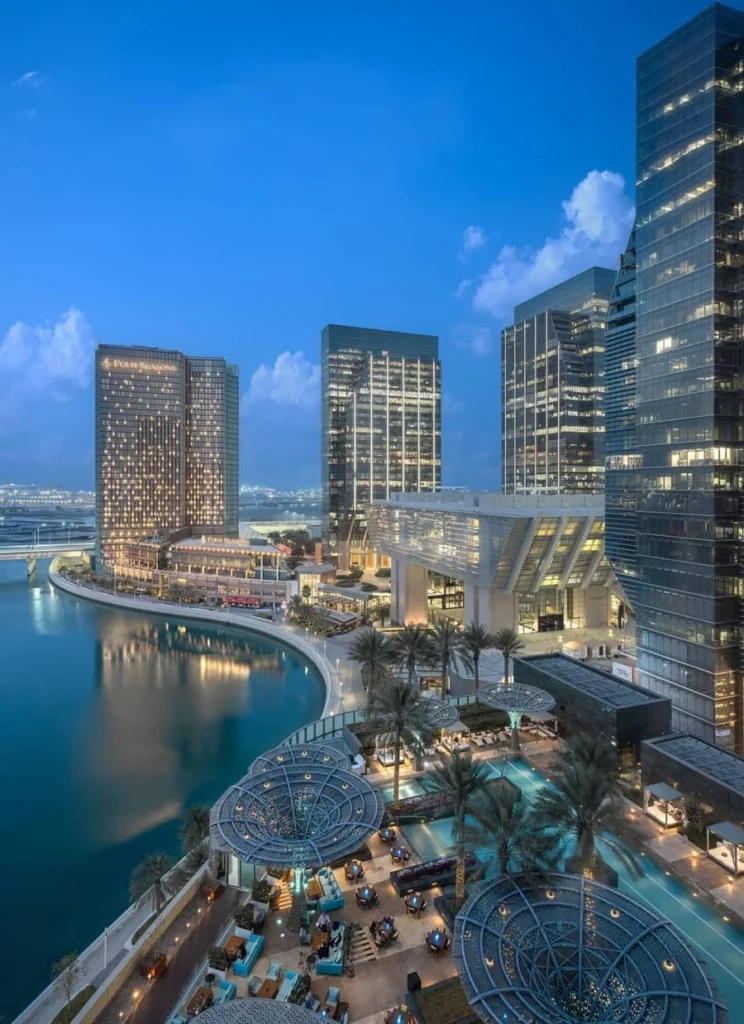
Al Maryah Island is set to become a vibrant commercial and residential destination, offering both local and international businesses a central location to operate in Abu Dhabi. The island will also feature world-class retail outlets, dining options, and green spaces. The development is set to complete in phases over the next several years, with the first phase of new residential and commercial spaces expected to be ready by 2026.
Completion Expected: Phased completion, first phase by 2026
Key Features: International financial center, mixed-use developments, luxury residences
Top Infrastructure Projects in the UAE | Ventures Onsite
The Role of Art in Modern Infrastructure
As the UAE continues to evolve through large-scale infrastructure projects, the role of art in shaping the aesthetic and cultural identity of these developments becomes more crucial. Iconic structures, from government buildings to public spaces, often incorporate artistic elements that celebrate the UAE’s rich heritage while embracing modern design trends. This is where mosaic tile art plays a significant role.
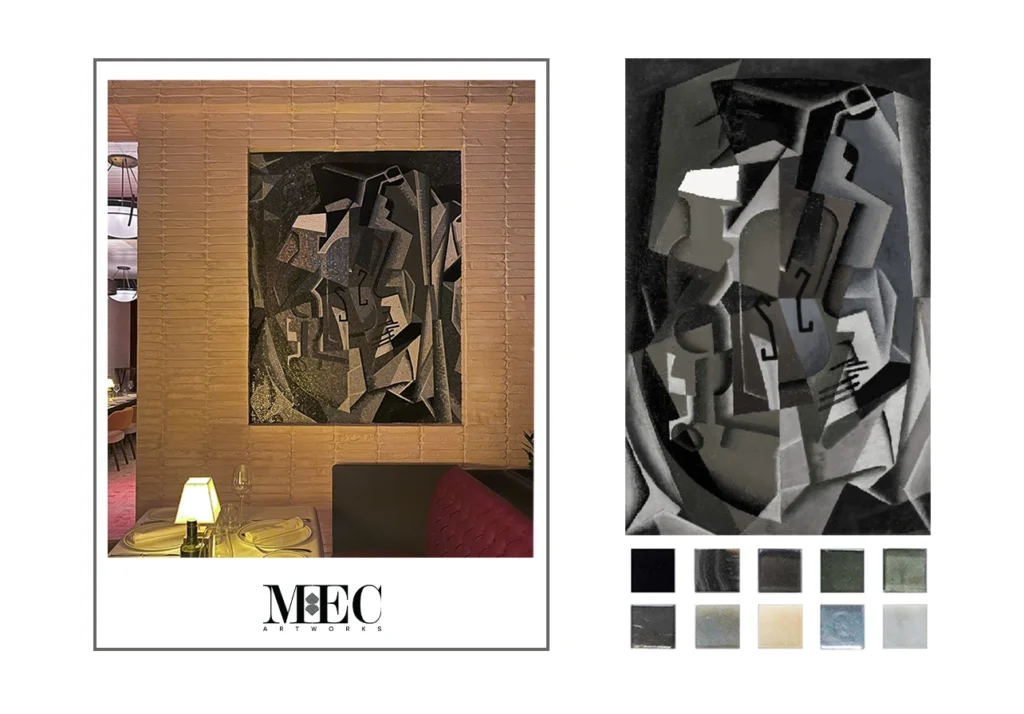
Mosaic tile artwork has become a staple in creating visually stunning and durable art pieces for both residential and commercial spaces. As the country builds future landmarks, mosaic tile art is being used to enhance the visual appeal of these structures, creating vibrant focal points in hotels, shopping malls, and public plazas. The timeless quality of mosaic tiles makes them ideal for use in both exterior facades and interior spaces, contributing to the visual identity of the country’s architectural wonders.
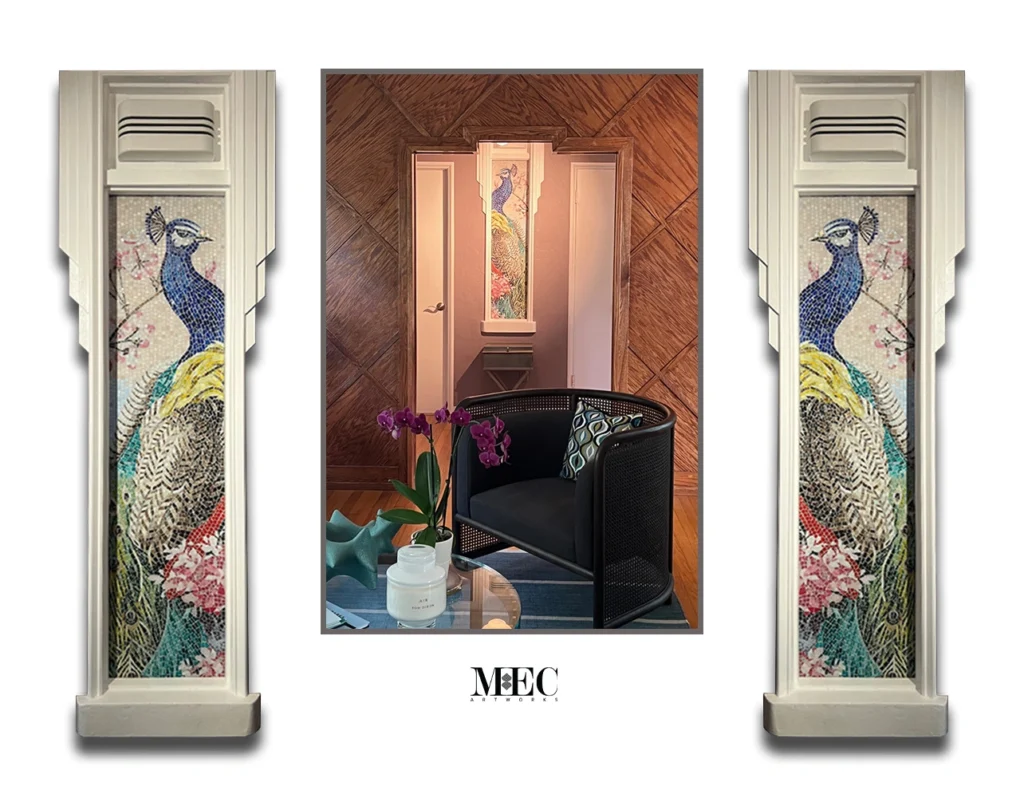
Blending Architecture with Mosaic Tile Art
At MEC Artworks, we specialize in creating bespoke luxury mosaics and tile artwork tailored to your vision. From elegant murals to contemporary patterns, our mosaic tiles are a perfect addition to the modern aesthetic that is shaping the future of UAE’s infrastructure. These pieces can be used in both interior and exterior settings, including foyers, hallways, bathrooms, kitchens, and even large-scale installations for public art projects.
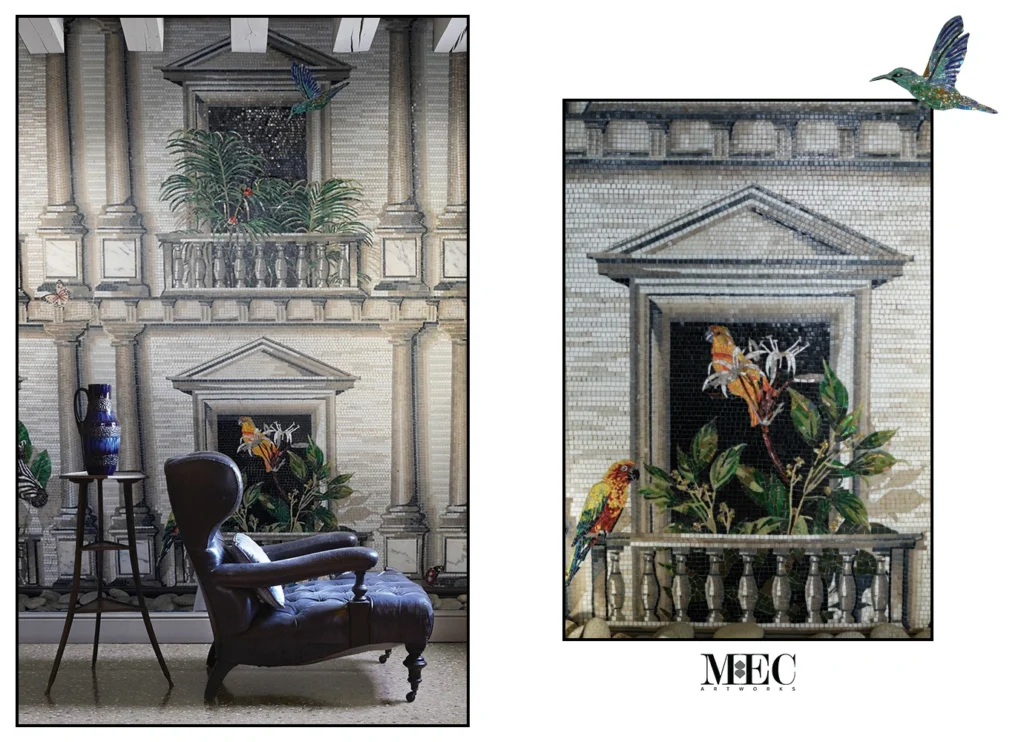
Our expert team ensures that every tile is crafted with precision, delivering an artistic masterpiece that aligns with the latest trends in architectural design. Embrace the future of UAE’s infrastructure with custom mosaic tile art that brings your space to life.
INDEX Dubai 2024 | MEC Trade Show Display Video
Frequently Asked Questions
How does mosaic tile art enhance modern infrastructure?
Mosaic art adds color and cultural significance, enriching spaces with intricate designs that offer both beauty and function.
What are examples of infrastructure with mosaic tile art in the UAE?
Notable examples include the Sheikh Zayed Grand Mosque and Dubai Metro stations, where mosaic art is integrated into architectural design.
How is mosaic tile art evolving in the UAE?
Mosaic art in the UAE blends traditional patterns with modern styles, using advanced techniques and materials in public and private buildings.
How do UAE infrastructure projects reflect cultural identity?
These projects incorporate cultural elements like Islamic geometric patterns and Arabic calligraphy, reflecting the UAE’s rich heritage while embracing modernity.

